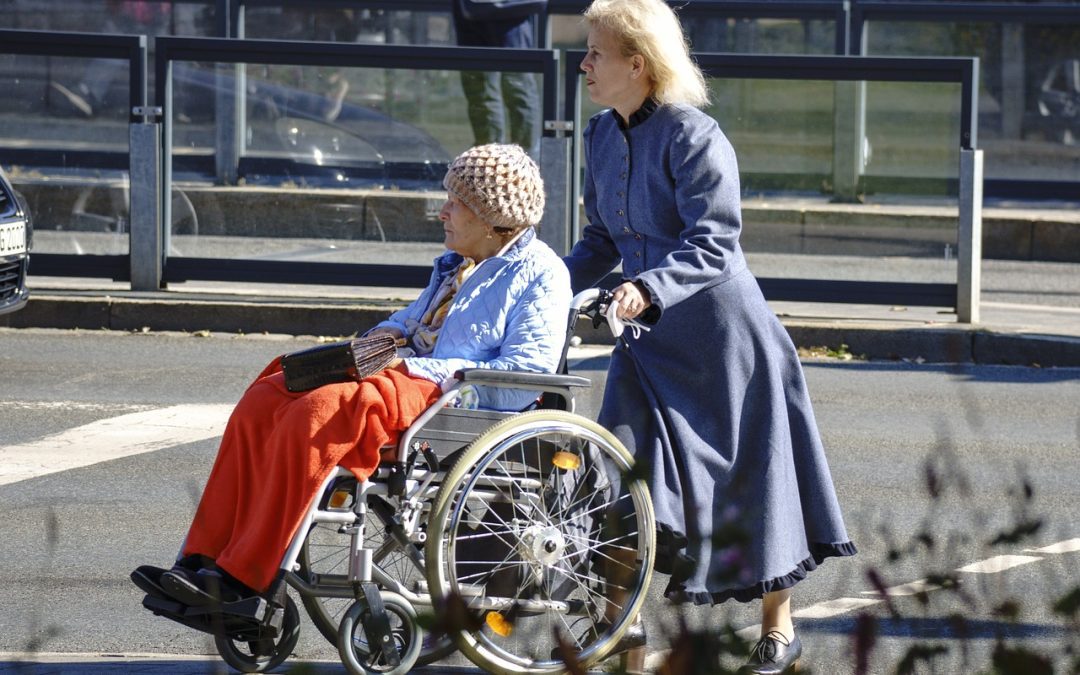Never ending work
Joe works all day in a full-time plus job. In the evenings, on weekends and during lunch hours he takes care of his elderly mother. He calls her every morning to make sure she is okay. A few times a month he will leave work to take her to doctor appointments. He goes over after work and makes sure she ate, takes out the trash and goes through her mail. On weekends he takes her to her hair appointment, pays bills, fills her pill organizer, grocery shops and cleans the house. Vacation? He used all of his vacation time when she was hospitalized last year. Does this sound like someone you know?
Welcome to the life of a full time worker/part time caregiver. They are in a precarious balance of work and personal life. Many times this story ends with the adult child taking early retirement to care for the parent. Until a parent passes away, or the relative retires to take care of them full-time, the stress is unbearable.
The numbers and results of employed caregivers
According to a study by AARP, 29 million workers are employed while caring for an adult family member. 60% of those work full-time. Some of that 60% cannot afford to leave their jobs to care for a parent. The burden of caring for a parent while working can cause stress at work with superiors with additional phone calls, long lunch breaks for appointments and sudden leaves of absence because of an emergency.
Economic Impact
There is no way to really measure how many hours caregivers spend taking care of their parent. Studies do suggest that full-time worker/caregivers spend 20 hours a week as a caregiver. That is productivity not counted for in GDP, and probably adds up to billions.
Of employees who eventually leave their jobs to become a full-time caregiver, a 2024 Harvard Business School study found that over half were senior executives and leaders. That is a tremendous brain drain in our society.
What has changed?
Women in the workforce has definitely increased this trend of working caregivers. Years ago the stay-at-home wife would care for aging parents or in-laws. Now, those women are working but still providing care to aging parents.
In the 1980’s my father would take my grandmother grocery shopping in the middle of the day. He was an oddity in those days and women complimented him for his dedication to his mother. Now this is not uncommon, thank goodness, and many men help their parents. This also contributes to the working caregiver numbers.
Many more people now want to remain in their homes and age in place. While this is a wonderful idea in theory, the day to day needs of the home-bound elderly are many with people making their homes into long term care facilities.
What can caregivers do?
The best way to relieve the stress of caregiving is to share the burden. This can include other family members or paid help. Even if family members live out of town, they can still pay bills and do banking electronically, order items online, and call doctor’s offices. Family members too busy to even do that will likely have a good job and can help pay for outside help.
Do not do this alone. Your local Area on Aging can help you with resources. Depending on your parents’ financial situation, they may qualify for low or no cost services.
What can society do?
It has taken a long time, but companies and the government realize that working parents are now the norm. While it is not perfect, there are resources for working parents and companies are slowing realizing that it is financially worthwhile to accommodate them. The same cannot be said for caregivers of older adults.
The Family and Medical Leave Act only covers caregivers who are caring for an ill relative full-time. It does not cover the once a week doctor appointment and daily medication monitoring that many caregivers of adults need to do. If half of people leaving to care for an older adult are senior managers, companies need to realize this is a crisis. It will only get worse as baby boomers age. There needs to be programs in place to subsidize care that assist the elderly and more flexible schedules to accommodate their caregivers.
The working caregiver is an issue that will only get worse with time, as the population ages. Without help from companies and the government, this issue will harm not only our economy but our society as well. The time to act is now.
picture: Pixabay

